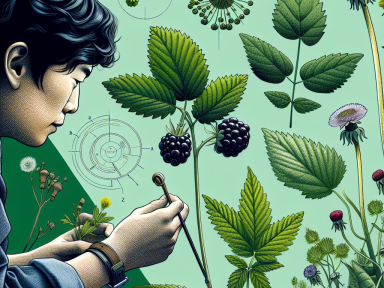Understanding the Importance of Foraging
When it comes to survival, finding sustenance is paramount. Foraging for food in the wild is an essential skill that can mean the difference between life and death, especially in emergency situations where your regular food sources are not available.
Knowing how to safely identify, collect, and prepare wild food also contributes to your journey towards self-reliance and homesteading. It grants you a certain freedom, knowing that you have the power to provide for your own needs straight from Mother Nature’s bounty.
Recognizing Edible Plants
Kickstarting your journey in foraging begins with a basic understanding and recognition of edible plants. Plants offer an abundance of essential nutrients, but be warned: not all plants are safe for consumption. Some can be outright poisonous and harmful. Therefore, proper identification is key.
- Blackberries: These fruits are not only delicious but packed with vitamins and antioxidants.
- Dandelion: Contrary to common belief, every part of the dandelion plant is edible – root, stems, leaves, and flower.
- Nettle: This plant, while slightly dangerous in its raw state due to stinging hairs, is highly nutritious once cooked.
Key Rule: When in Doubt, Avoid
If you find yourself uncertain about whether a plant is edible or not, the best course of action is to avoid it. Remember the old adage: “It’s better to be safe than sorry.”
Learning to Hunt and Fish
While plants provide a good source of nutrition, including protein in your diet is essential. This can come from hunting and fishing. However, these activities require skill, precision, and observance of local laws and regulations.
Storage and Preservation
Once you collect your bounty, storing and preserving your finds prolongs their shelf life. Techniques such as canning, drying, and fermenting can help you make use of your food sources long after they’re harvested.
Getting the Necessary Practice
The art of foraging isn’t learned in one day. It requires persistent practice and an eagerness to learn. Read books, watch videos, and learn from experienced foragers. Over time, these skills will embed themselves in you.
Remember
Foraging for food is a serious matter, as it directly impacts your health and survival. Get educated, practice, and remember to always prioritize safety. Every new skill you acquire brings you one step closer to self-reliance and preparedness. Because in the wild, forewarned is forearmed.




GIPHY App Key not set. Please check settings